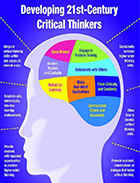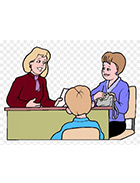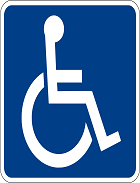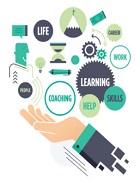What is cooperative learning?
What is cooperative learning?
 Learning strategies are different methods adopted by students to generate thoughts, opinions and actions that help them in the achievement of their goals. At times, learning is based on one-on-one interaction between two people (student and teacher) and never really crosses the boundary of the hegemonic structure that is put into place. Therefore, a learning strategy such as cooperative learning is very essential.
Learning strategies are different methods adopted by students to generate thoughts, opinions and actions that help them in the achievement of their goals. At times, learning is based on one-on-one interaction between two people (student and teacher) and never really crosses the boundary of the hegemonic structure that is put into place. Therefore, a learning strategy such as cooperative learning is very essential.What is cooperative learning?
Cooperative learning is a form of active learning where students work together to perform specific tasks in a small group. It is an educational approach which organises classroom activities into academic and social learning experiences. Described as ‘structural positive interdependence’, this type of learning strategy allows students to bring in his/ her individual strengths to the group effort.
How different is it?
Students using the co-operative method of learning work in groups to complete tasks collectively towards their academic goals. Unlike individual learning which can be competitive in nature, students learning cooperatively can capitalise one another's resources and skills. The teacher's role also changes from giving knowledge to facilitating student learning. It is said that co-operative learning also helps increase student satisfaction.
Five essential elements that are identified for the successful incorporation of cooperative learning in a classroom are as follows-
-
Positive interdependence- where members of a group share common goals of working together.
-
Individual and group accountability- the level of accountability a person has for his/her performance and learning in a group.
-
Promotive interaction- is where the students engage and interact with each other to brainstorm and present their ideas in the group.
-
Teaching the students the required interpersonal and small group skills- these include those skills that are needed to be developed by students while working in a group. These include listening, asking, answering and responding to the group interaction.
-
Group processing- group processing in co-operative learning has several purposes such as –
-
Allowing the group to improve its work together continuously over time.
-
Focusing the attention on group members' contributions in order to increase individual accountability.
-
Making the learning process simpler through streamlining.
-
Reducing or eliminating actions that don't contribute positively to the group's learning.
Example of co-operative learning method
For an English literature class, the class can be spilt to small reading groups for the discussion of a chapter for the next class. In the group, each student will be assigned a particular task such as lesson presenter, discussion leader, summariser, word finder, etc. Using the current class, the students will have to read, interact, collaborate and learn about the lesson which they will have to present for the next class.
Through cooperative learning, learning groups enrich each other’s experiences with the lesson at hand.





















